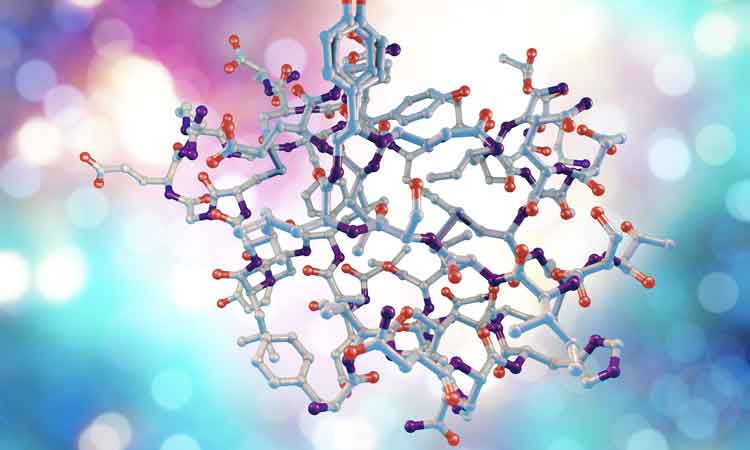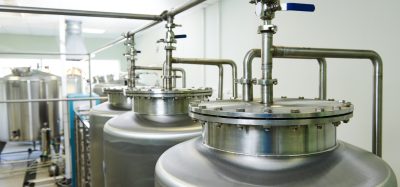New microencapsulation approach allows slow release of peptide drugs
Posted: 22 June 2022 | Sarah Wills (European Pharmaceutical Review) | No comments yet
A study from the University of Michigan shows a new method of drug microencapsulation, allowing several peptide drugs to be slowly released in the body.


A new study from the University of Michigan describes one of the first entirely new drug delivery microencapsulation approaches in decades.
Microencapsulation in biodegradable polymers allows drugs such as peptide therapeutics to be released over time in the body. Due to their larger size and structure, peptide drugs are rarely given by mouth and must be injected. Microencapsulation is one way to decrease the time needed between injections.
One slow-release delivery method for peptide drugs is to encapsulate them within the type of resorbable polymers often used as dissolving sutures, explained study co-author Steven Schwendeman, Professor of Pharmaceutical Sciences and Biomedical Engineering at the University of Michigan.
However, development of polymer dosage forms for delivery of certain peptide drugs has been difficult because the currently available methods to microencapsulate the peptide molecules in the polymer require organic solvents and complex manufacturing.
“The Schwendeman group discovered about 10 years ago that peptides can bind and enter the polymer spontaneously from water to microencapsulate the peptide very simply without organic solvent,” Schwendeman stated. At that time, the group showed that the concept potentially worked, but it was not yet commercially useful.
“This paper demonstrates that this concept can be performed to efficiently create equivalent or even improved injectable biodegradable polymer particles relative to existing commercial products, which slowly release several different peptides for more than one month,” Schwendeman continued.
Schwendeman and colleagues discovered that if they made the polymer first and equilibrated the peptide with the polymer microspheres in water under certain conditions, they could achieve a very similar result as the conventional organic-solvent based method of drug encapsulation.
In the current study, the researchers found that leuprolide encapsulated in this way released peptides for over 56 days in the lab and suppressed testosterone production in rats in an equivalent manner as the one-month Lupron Depot injection. Leuprolide injections are used to treat prostate cancer, endometriosis and other conditions.
Schwendeman states that this encapsulation method works with several other peptide drugs on the market and for others that have recently been approved or in development.
The group is now expanding the ability to encapsulate different types of peptides and other large molecular drugs, delivering the drugs over longer time periods, and developing a second technique to remotely load drugs into the polymer, which is focused on fragile proteins.
The study was published in Nature Communications.
Related topics
Drug Delivery Systems, Drug Targets, polymers, Research & Development (R&D), Therapeutics









